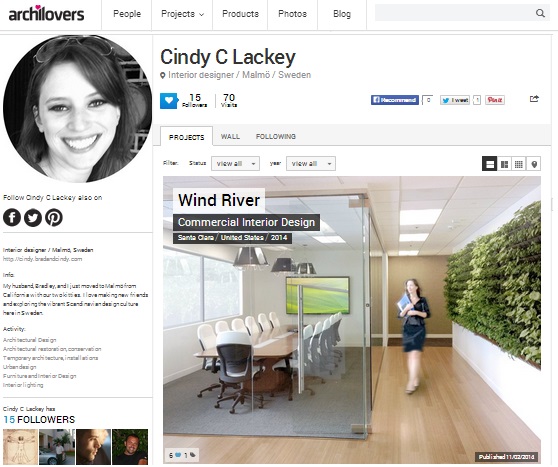 Nuts+Bolts is a “an exclusive ArchNewsNow monthly series to provide A/E professionals with practical tips for a more successful, profitable practice.” All ten articles currently listed are worth a read, and we hope the series is slated to continue. The authors are architects, consultants, insurance professionals, and financial advisers, all of whom offer a timely perspective on the state of the design industry. After perusing the library, here are four posts with the potential to help you and your firm in a risk management capacity:
Nuts+Bolts is a “an exclusive ArchNewsNow monthly series to provide A/E professionals with practical tips for a more successful, profitable practice.” All ten articles currently listed are worth a read, and we hope the series is slated to continue. The authors are architects, consultants, insurance professionals, and financial advisers, all of whom offer a timely perspective on the state of the design industry. After perusing the library, here are four posts with the potential to help you and your firm in a risk management capacity:
#1 Nuts + Bolts: Mission Possible: Increase Your Value Without Lowering Your Fees
In this economic climate – or even in a good market – it may be tempting to lower your fees to stay competitive. However, lowering your price is not something you should immediately consider when faced with reduced revenue. As an alternative, you should seek to inject as much value into your services as possible. This will allow you to increase the intrinsic worth of your services, encouraging your clients to pay an appropriate fee for quality, not just quantity. But if you’re convinced that lowering your fees is a solid strategy that will boost your bottom line, think again. Here are a few reasons not to.
#2 You Can’t SELL If You Can’t TELL
You went to architecture school to become a good communicator…right? I’ll take a risk and say that chances are you probably didn’t. But if you want to be a great architect, engineer – or any other kind of professional – you need to know how to communicate clearly and effectively. You simply can’t avoid it. You communicate every day, whether you are meeting with colleagues in your office, talking to a client on your cell phone, e-mailing a consultant, or tweeting your followers. While we live in the digital age, and communication may seem to flow easily, there’s a lot more room for error. We’ve all had that gut-wrenching feeling of hitting the “send” button on an e-mail that had the wrong content or went to the wrong person.
#6 Changing Habits: The Secret to Successful Time Management
No time to grow your business? Learn to set aside time, clearly identify goals, and change bad habits, and you’ll transform your business development efforts from a waste of time into a productive enterprise. Most budding architects are initially attracted to the design side, rather than the business side, of their profession. As a result, many architects never develop the skills necessary to build their businesses. But just as design and project management are part of your daily routine, you should set aside time for business development as well. How do you make time for business development when you’ve been avoiding it or aren’t sure how to fit it into your day-to-day practice? The trick is to fundamentally and permanently change your habits. This sounds daunting, but you can achieve it if you follow these practical steps.
#8 Best Friends Don’t Make the Best Partners
In popular culture (and at most architecture schools) the architect is often portrayed as a lone figure, from Howard Rourke in Ayn Rand’s seminal work, The Fountainhead, to Frank Lloyd Wright, to Frank Gehry. Most people perceive architects to be creators working alone in the dark. Contrary to popular belief, it takes more than a single artist to make a great building. Most architects know that. What’s less obvious is that, in reality, most successful architectural practices are not sole practitioners but partnerships.
About the Authors of the Nuts+Bolts Series:
Michael S. Bernard, AIA, Principal, Virtual Practice Consulting
Mary Breuer leads Breuer Consulting Group
Founder of integrated communications firm Hausman LLC, Tami Hausman
Donna L. Maltzan is a business development trainer, facilitator, consultant and coach
Michael M. Samuelian, AIA, AICP, vice president at Related Companies
Stanley Stark, FAIA, LEED AP, a New York City-based architect who has held senior leadership positions with major firms including HLW, HDR, and Francis Cauffman
Steve Whitehorn, managing principal of Whitehorn Financial Group, Inc., the creator of The A/E Empowerment Program®










